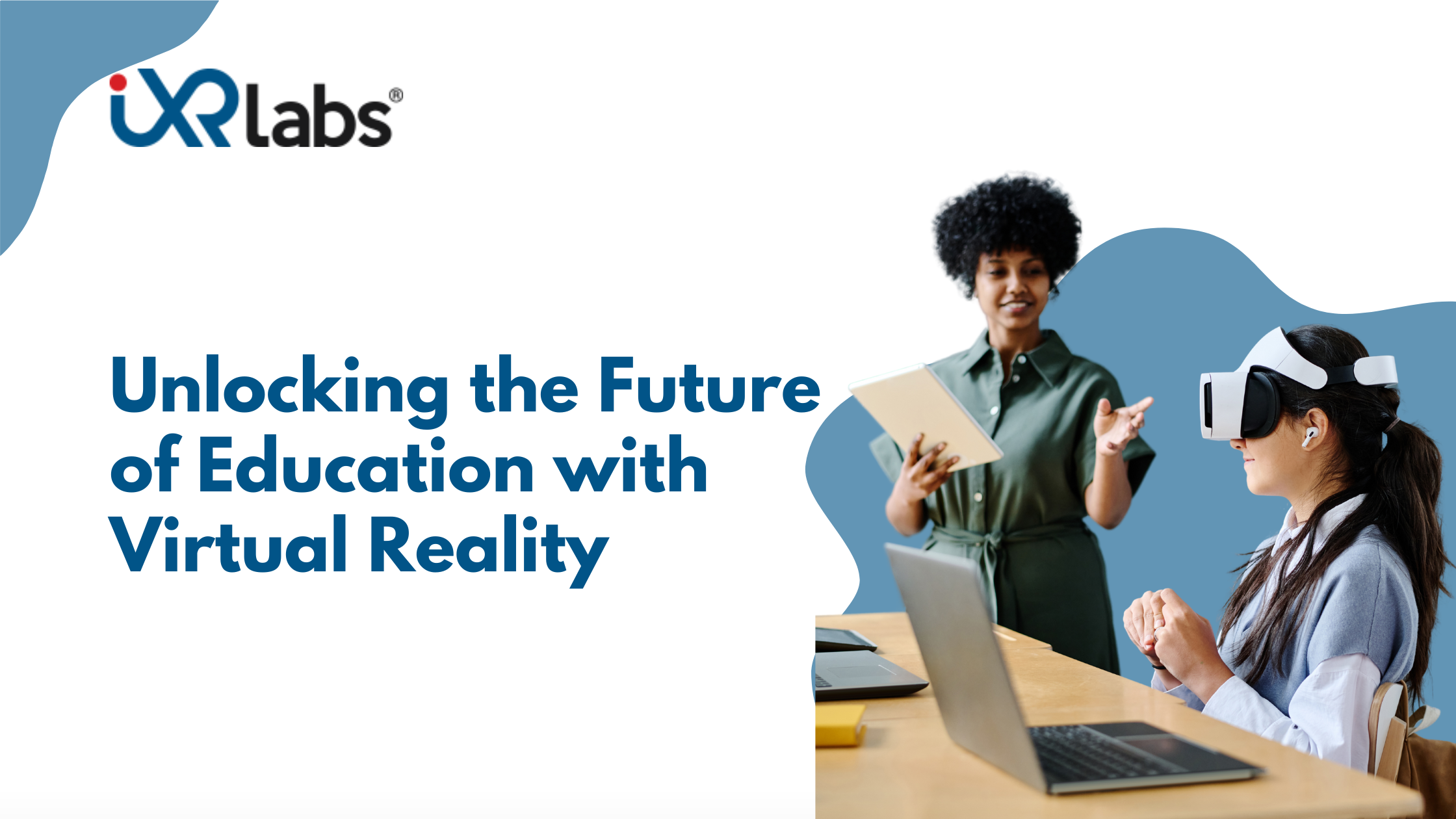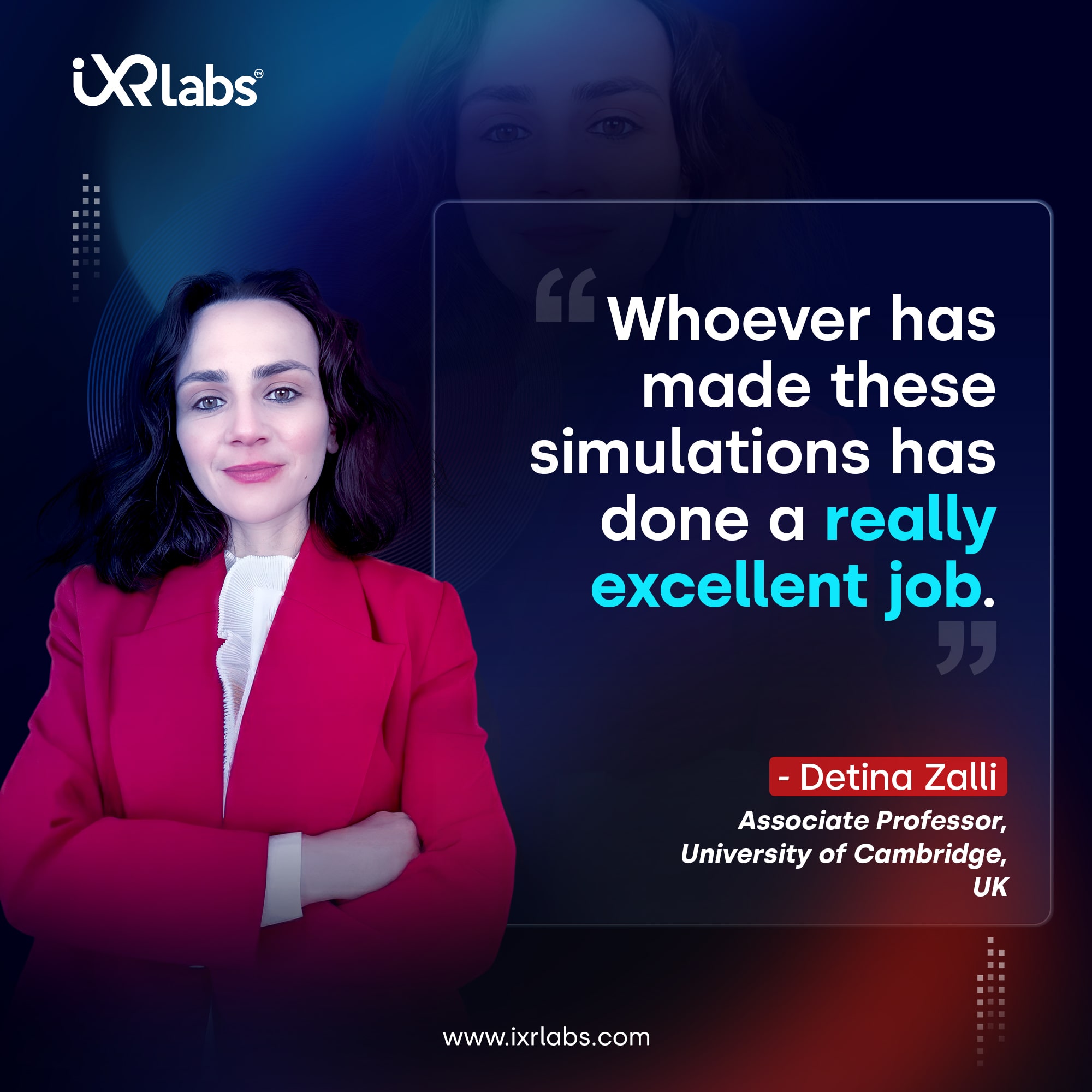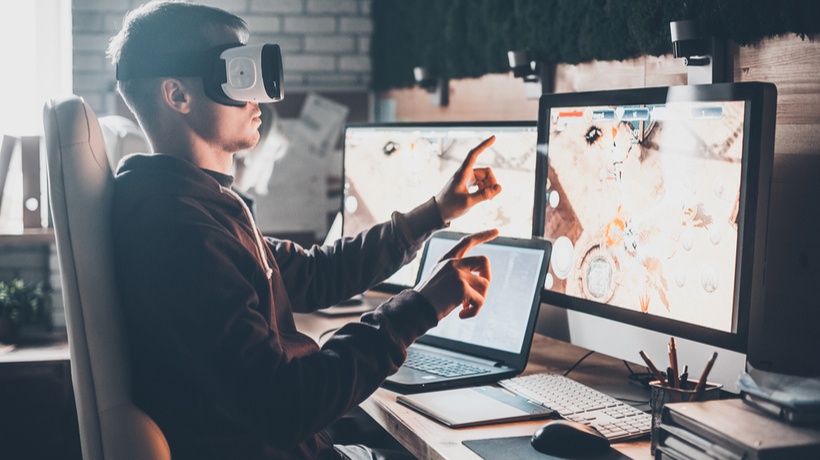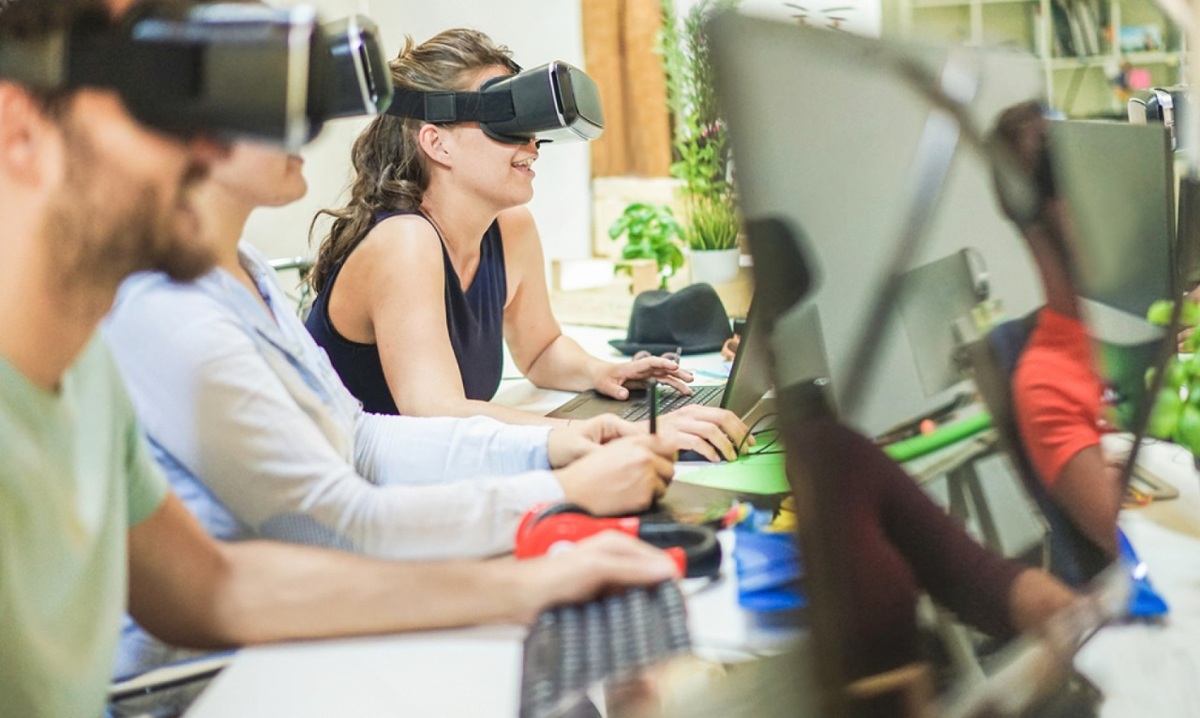Virtual Reality in Education: Key Benefits and Transformation


Article By: Eva Jones
May 05, 2023 | 5 minutes to read | Updated On: 12 May 2025
Virtual reality is no longer confined to the realms of science fiction, as depicted in films like Fantastic Voyage (1966), where a crew shrinks to ride through the bloodstream.
Today, VR brings learning to life in ways never imagined before. It enables students to go on immersive virtual field trips, from exploring the ancient Roman Colosseum to journeying through the human body, providing them with experiential learning that textbooks alone cannot offer.
Virtual reality has been successfully transforming the world with its unmatchable 3D experiences, and education is not an exception here. Because of the adoption of VR technology in education, students now have more opportunities to explore, interact with, and learn.
It provides a distinctive method of learning that goes beyond conventional classroom instruction, enhancing interaction, immersion, and memory. Though it has a lot of benefits, the question arises if VR technology has the potential to drive the education industry fruitfully.
Let us tell you about VR technology and the impact of virtual reality in education with this blog.
Defining Virtual Reality and Augmented Reality
To truly grasp the benefits of VR in education, it’s essential to understand the distinction between VR and AR. Augmented Reality (AR) overlays educational content onto the real world using smart devices, while Virtual Reality (VR) immerses users in a completely digital environment.
This makes VR a powerful tool for creating hands-on, interactive experiences that engage students in ways traditional methods cannot.

Key Benefits of Virtual Reality in Education
✔️Immersive Learning Experiences
VR allows students to explore complex concepts through hands-on simulations. Whether they’re conducting virtual chemistry experiments or visiting ancient civilizations, VR gives them a tactile and visual approach to learning that enhances comprehension and retention.
✔️Enhanced Engagement and Creativity
One of the most notable benefits of VR is its ability to spark creativity. By immersing students in new, dynamic environments, VR encourages them to explore subjects from unique perspectives, making learning exciting and motivating.
✔️Accessible and Safe Simulations
With VR, students can engage in simulations that would otherwise be too dangerous, expensive, or logistically impossible. For example, engineering students can interact with virtual machines to understand their operation, while medical students can practice surgeries in a risk-free environment.
✔️Cultural Competence and Empathy
VR’s immersive nature makes it an excellent tool for teaching cultural competence. Virtual field trips allow students to visit global landmarks, historical sites, or even explore different social settings. This exposure fosters empathy and a deeper understanding of diverse cultures.
✔️Improved Memory Retention and Academic Outcomes
Studies show that VR can enhance memory retention by nearly 9%. The immersive and interactive nature of VR learning leads to better understanding and recall of information, as evidenced by multiple educational studies, including one from EdTech.
Why is Virtual Reality for Education a powerful tool?

The benefits of virtual reality in education are vast, transforming the way students engage with content and learn. Despite concerns over cost, equipment, and content quality, VR is increasingly recognized as an invaluable teaching tool.
Early adopters in education, including institutions like American University, are leveraging VR to train future educators, giving them the technical skills to enhance their teaching strategies.
Practical Application Areas of VR in Education
Virtual reality has numerous use cases in education, from enhancing traditional teaching methods to creating completely new learning experiences. Here are some specific use cases of VR in education:
✔️Science and Engineering: Students can engage in virtual lab experiments or explore mechanical systems in 3D. VR simulations allow for practical, hands-on experience without the need for costly equipment.
✔️Medical Training: VR is revolutionizing healthcare education by offering realistic surgical simulation. It allows medical students to practice procedures repeatedly, gaining proficiency and confidence without real-world risks.
✔️History and Social Studies: Students can "travel" through time, experiencing historical events or exploring ancient cities. VR enables them to interact with historical contexts that would be impossible to replicate in a traditional classroom.
✔️Special Education: VR can create personalized learning experiences for students with disabilities, helping them develop important social and cognitive skills in a safe, controlled virtual environment.
Overcoming Challenges and Maximizing VR’s Benefits
While VR in education offers tremendous benefits, there are challenges to its widespread adoption. Educators often face concerns regarding the cost of equipment, the need for physical space, and technical glitches. However, the growing availability of affordable VR tools, such as Google Cardboard and smartphone-based headsets, is making VR more accessible.
Setting Up VR in the Classroom
To maximize the benefits of VR, schools must ensure the right environment for its use. Classrooms should have adequate space to prevent accidents, and VR sessions should be moderated to avoid overstimulation. Research has shown that short, focused VR sessions are more effective than longer ones, allowing students to maintain engagement without feeling overwhelmed.
The Future of Virtual Reality in Education
As VR technology becomes more sophisticated, its role in education will only expand. Innovations such as mixed reality (a combination of VR and AR) are already transforming learning experiences, creating hybrid environments that are even more interactive and immersive.
For educators, staying ahead of these technological advancements will be crucial to providing students with the best possible learning outcomes.
Conclusion: Why Embrace VR in Education?
The transformative power of VR in education is clear. It enhances learning experiences, fosters creativity, improves retention, and prepares students for a rapidly changing world. As VR technology continues to evolve, it will undoubtedly become a core component of the educational experience, helping students explore new worlds and unlock their full potential.
At iXRlabs, we are committed to pioneering the integration of VR in education, offering cutting-edge VR solutions that empower educators and inspire students.
.png)


-min.png)
-min.png)
.png)